Category: State
-
SEIU asks California Supreme Court to declare Proposition 22 unconstitutional

The Service Employees International Union (SEIU) and four app-based drivers sued the state government in the California Supreme Court on January 12, 2021. The SEIU is seeking to have Proposition 22 declared unconstitutional and unenforceable. Proposition 22 was approved at the election on November 3, 2020, with 58.6% of the vote. The ballot initiative defined app-based transportation…
-
Decade-low 227 state legislative incumbents defeated on Nov. 3
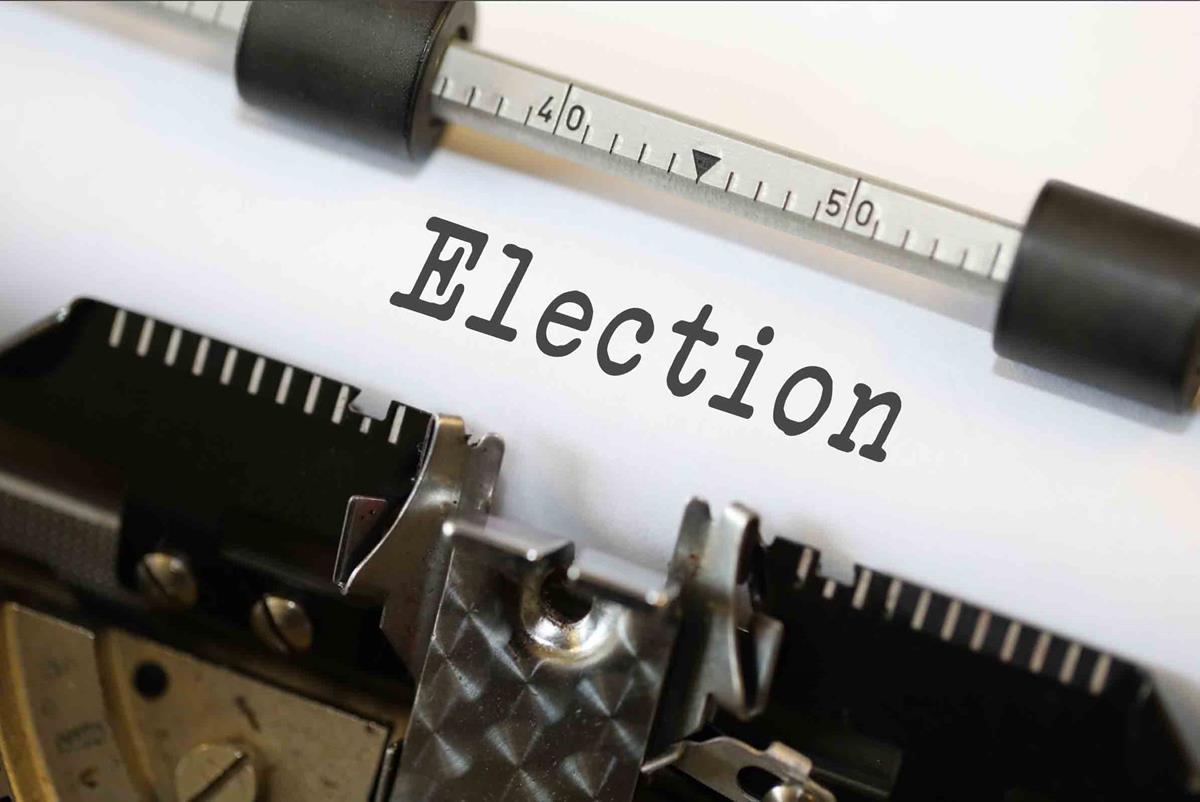
In the November 2020 general election, 227 state legislative incumbents were defeated, the lowest number in any even-numbered year in the past decade. By party, those defeated incumbents include 165 Democrats, 52 Republicans, and 10 independents and members of a third party. The 227 incumbents defeated marked a 29.5% decrease from the 322 defeated in…
-
Michigan State Senate District 8 special election set for Nov. 2, 2021

Election officials have scheduled a special election for the District 8 seat in the Michigan State Senate on Nov. 2, 2021. The seat became vacant when Peter Lucido (R) was sworn in as Macomb County prosecutor. The primary is on Aug. 3, and the filing deadline is on April 20. Additional reading: Michigan State Senate,…
-
State supreme court vacancies in 2021

So far in 2021, there have been two new state supreme court vacancies in two of the 29 states where replacement justices are appointed instead of elected. The vacancies have both been caused by retirements. In Colorado, Chief Justice Nathan Coats retired on January 1, when he reached the mandatory retirement age of 72. Colorado…
-
Michigan State Senate District 28 special election set for Nov. 2, 2021
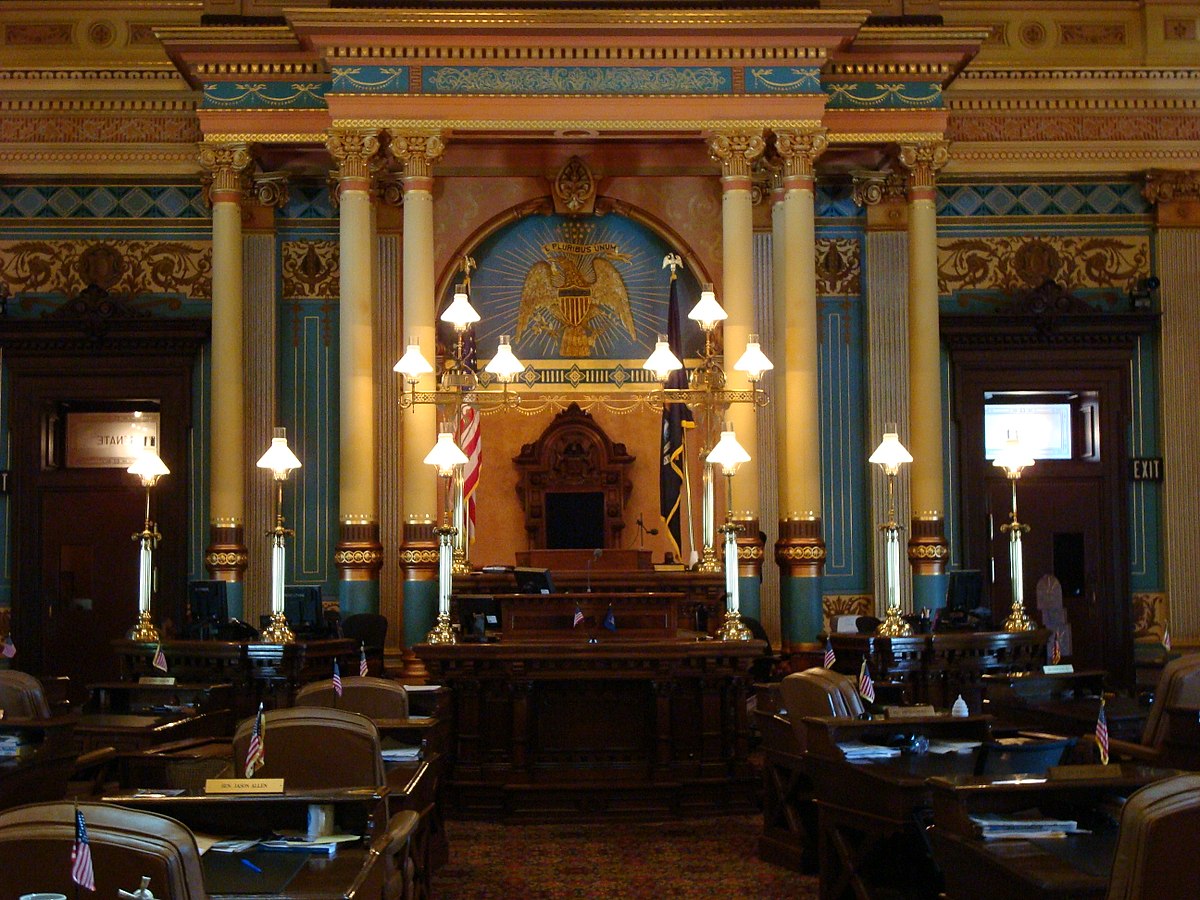
Election officials have scheduled a special election for the District 28 seat in the Michigan State Senate on Nov. 2, 2021. The seat became vacant when Peter MacGregor (R) was sworn in as Kent County treasurer. The primary is on Aug. 3, and the filing deadline is on Apr. 20. Additional reading: Michigan State Senate…
-
Special election to be held Jan. 23 in Texas state House district
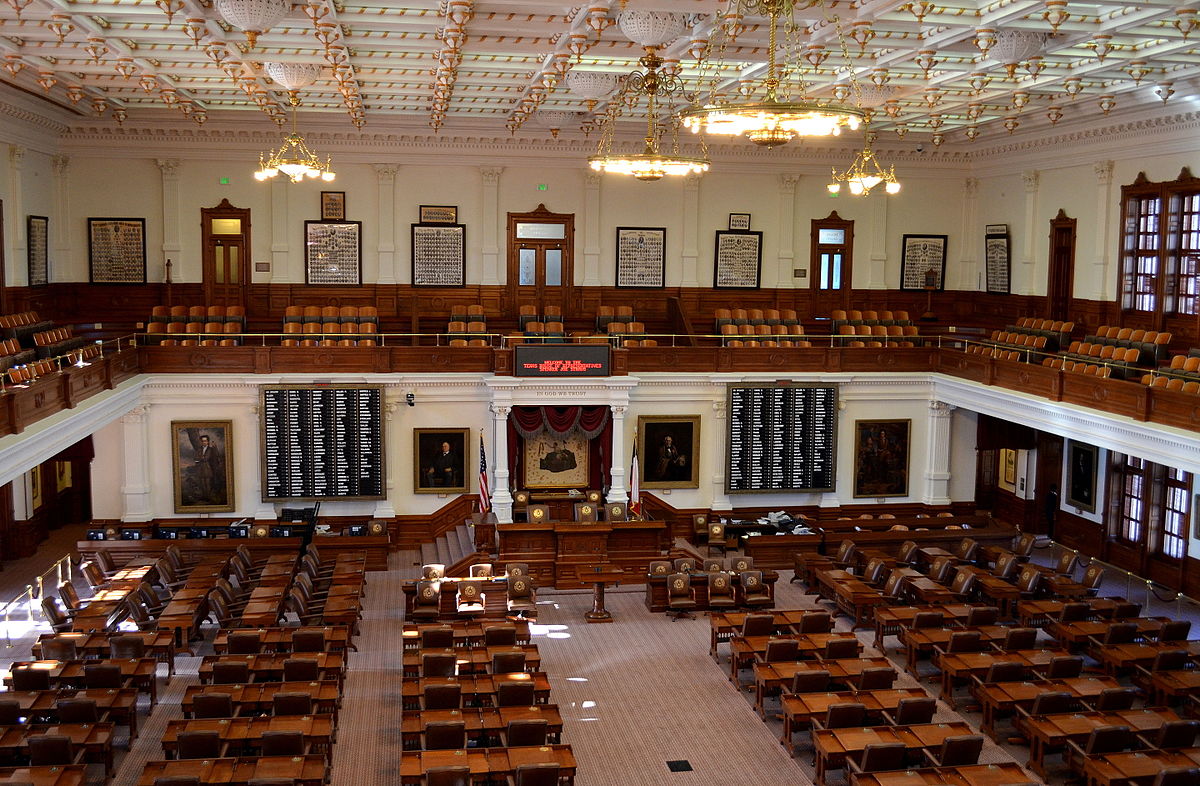
A special general election is being held on January 23 for District 68 of the Texas House of Representatives. Charles Gregory (D), John Berry (R), Jason Brinkley (R), Craig Carter (R), and David Spiller (R) are running in the general election. A general election runoff will be scheduled if no candidate earns at least 50%…
-
Voter registration deadline for Rhode Island bond election is January 31
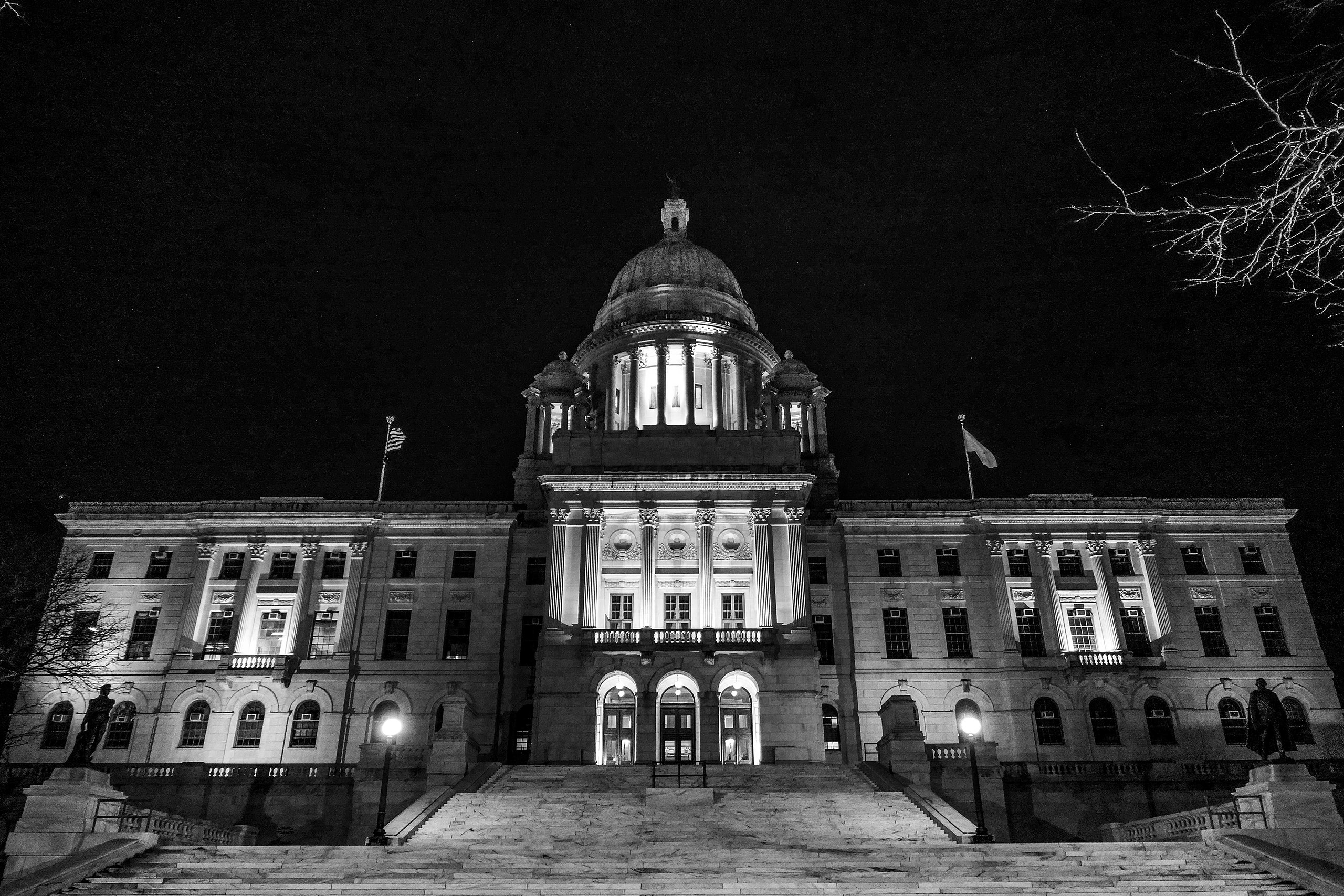
The voter registration deadline for the Rhode Island bond election to be held on March 2 is January 31. The deadline to apply for a mail ballot is February 9. The Rhode Island legislature referred seven bond questions totaling $400 million to the ballot as part of the state budget approved in December. The ballot…
-
A closer look at turnout in Georgia’s statewide runoff elections

Although most of the nation’s focus during the Jan. 5 Georgia runoffs was on the two U.S. Senate seats, there was one other runoff that didn’t receive as much attention. Voters in Georgia also decided the District 4 race for the state Public Utilities Commission (PSC), which resulted in a first for the Peach State. …
-
Gov. Hogan appoints Marlon Amprey to Maryland House of Delegates
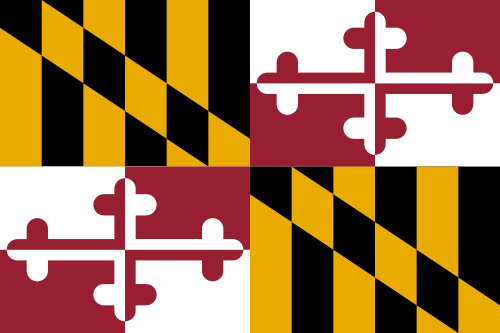
On Dec. 29, 2020, the Baltimore City Democratic State Central Committee nominated Marlon Amprey (D) to the Maryland House of Delegates to represent District 40. Gov. Larry Hogan (R) approved the nomination and formally appointed Amprey to the seat on Jan. 6, effective Jan. 13. Amprey will succeed Nick Mosby (D), who resigned in December…
-
Brett Geymann elected to Louisiana state House after special election is canceled

Candidates interested in running in a special election for the District 35 seat in the Louisiana House of Representatives had until January 8, 2021, to file. Republican Brett Geymann was the only candidate to file by the deadline. Since only one candidate filed for the race, the February 6 primary and the March 20 general…

